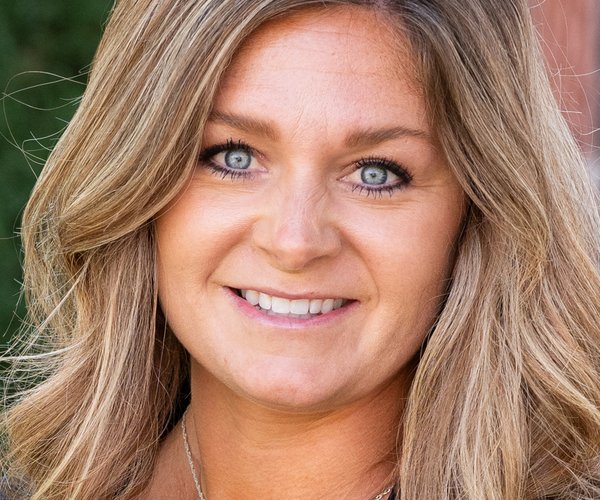As crops are actively growing, it is critical to regularly monitor fields. For example, most of the Kansas corn crops are in the tasseling (VT) to grain filling (R1-R4) stages right now, which are the critical stages for determining final yield. During the transitional phase from vegetative to reproductive development (VT), any possible stresses such as drought, flooding, disease, pests, and nutrient deficiencies during this window may lead to fewer kernels per ear, lighter test weight, and ultimately lower crop yield. Therefore, proper monitoring during this phase can help with early stress detection and crop yield estimation.
Thanks to modern precision agriculture technologies such as Unmanned Aerial Vehicles (UAVs), commonly called “drones,” fields can be monitored more rapidly, frequently, and more precisely compared to traditional visual inspection by walking the field. Drones can detect the pattern and uniformity of crop growth and identify the problem areas more quickly and precisely.
What is drone-based remote sensing? Drone-based remote sensing involves using a drone equipped with a sensor (camera) to collect images and information by flying over your farm or field without touching the crop or ground. The camera senses light color reflectance from below across a range of wavelengths, both visible and invisible to human eyes. Visible light includes red, green, and blue light. However, it is near infrared (NIR) light, which is not visible, that can be used to detect plant growth and vigor. When the plant is green and healthy, it reflects more NIR light and absorbs red light for photosynthesis. However, when a plant is stressed or less green, the reflection pattern of NIR is just the opposite, as it reflects less NIR light. Such light reflectance values from plant canopies are also used in various equations to calculate vegetation indices (VIs) to assess plant health, greenness, biomass, etc.
Using these thresholds, crop growth can be monitored, and areas of the field that need specific attention can be identified to support decision-making. However, one issue with NDVI maps at the later growth stage of the crop is ‘NDVI Saturation’. This is the crop growth stage at which NDVI reaches the peak level, and it remains the same even when chlorophyll content changes. In this case, Normalized Difference Red Edge (NDRE) indices can be more reliable, as it is more sensitive than NDVI to small changes in chlorophyll content.
Conclusion: Visual inspections by walking around the field are quite challenging as they are time-consuming, labor-intensive, and potentially less precise/accurate when limited to a small area of the field. Moreover, such visual inspection or scouting is even more impossible for crops like corn, as they are tall, dense, and have a closed canopy when they reach tasseling and begin grain filling. Therefore, drone-collected imagery at the later growth stage of the crop can help to understand the temporal and spatial variability in crop growth and vigor and yield estimation.
Information provided by Deepak Joshi, Precision Ag Extension Specialist.
Stacy Campbell is an Agriculture and Natural Resources agent for Cottonwood Extension District. Email him at scampbel@ksu.eduor call the Hays office, 785-628-9430.





